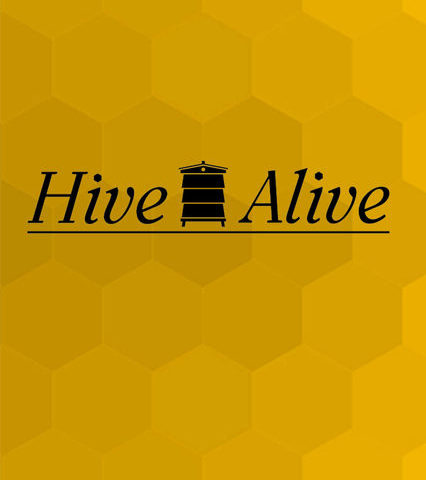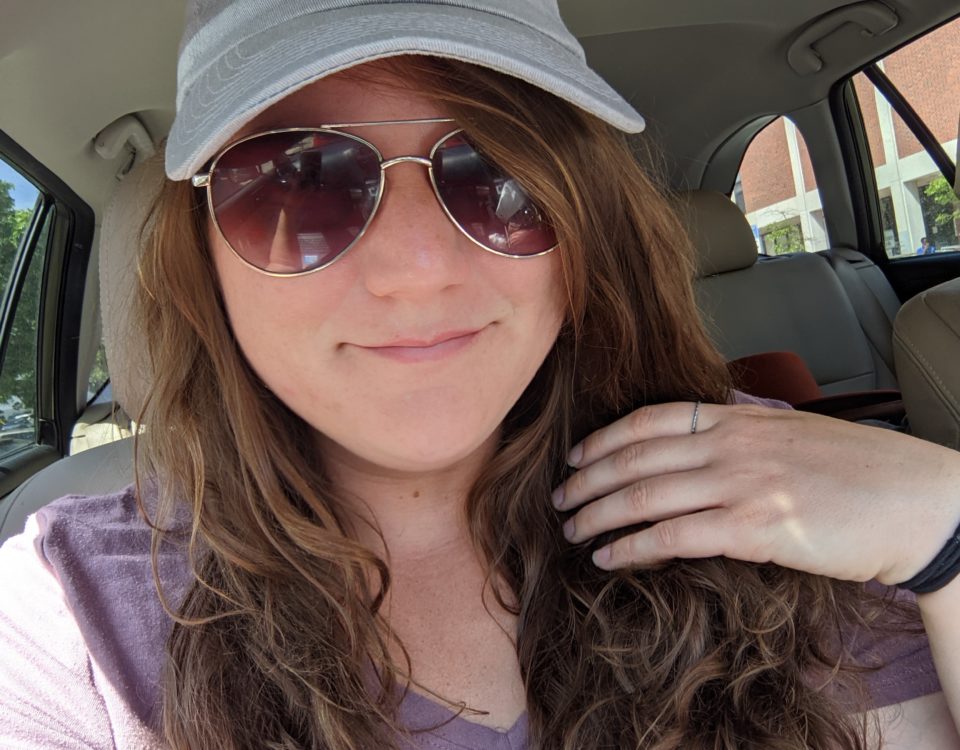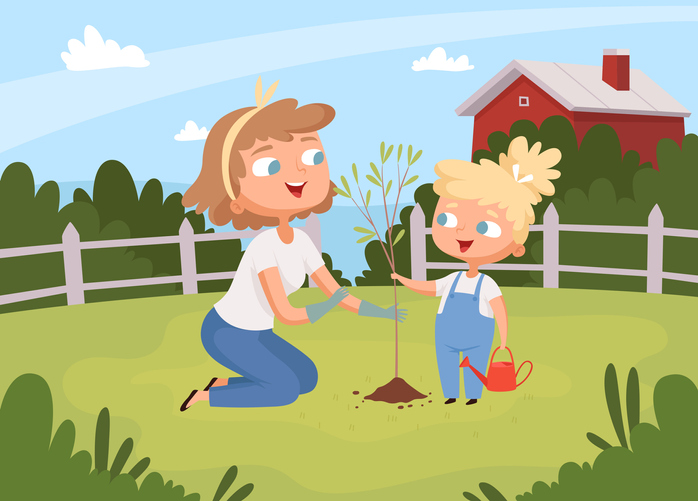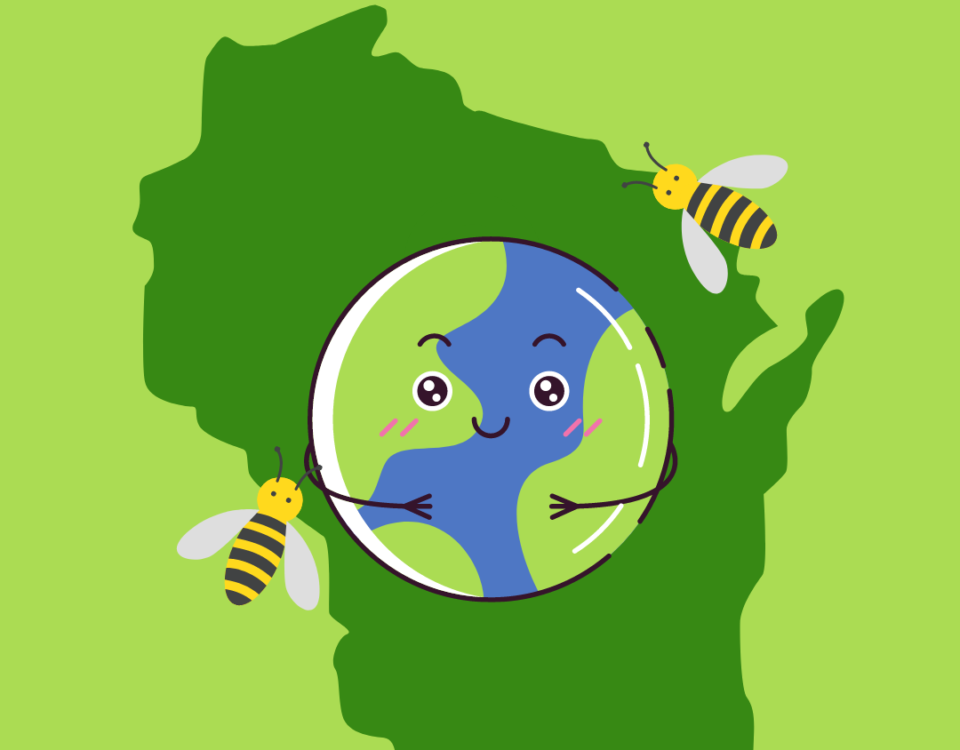- All-In-One Beekeeping for the Bees
- +1-608-728-8233
- info@beepods.com
Hive Alive Review

This week, I was scrolling through Netflix and came across a documentary called Hive Alive. Seeing as I spend a lot of time researching and writing about bees, I was intrigued to see what this film had to offer.

L-R: Professor Adam Hart and hosts Chris Packham and Martha Kearny (photo from Flow Forum)
Easy to Watch
We’ve all watched a documentary (or perhaps more than one!) that was dull and dry and practically unwatchable. Hive Alive is not one of those documentaries. The hosts are warm and friendly, and seem to genuinely care about the topics they are discussing. It also doesn’t hurt that the documentary was filmed in a beautiful garden in the English countryside…
The documentary is broken up into two 40-minute episodes, so you have the option to watch it all at once, or spread it out a little. Being no stranger to binge watching, I decided to tackle both episodes in one go.
Full of Facts

Bees landing at the entrance of the hive (photo from BBC)
This documentary is packed with interesting information on bees. For the most part, the facts themselves are fairly common knowledge within the beekeeping community. What’s great about this documentary, though, is that they delve into the science and show how we learned these facts. For example, a worker bee’s life cycle was tracked using colored tags.
The scientist performing this experiment in Hive Alive used an adhesive to attach differently colored tags onto newly hatched workers. Each generation was given a different color, and they were able to be observed changing roles as they aged.
In order to see the goings on inside a hive, some bees were kept inside an observation hive (similar to our Bee Viewer), which had clear glass sides for easy viewing. The bees inside were used to operating in the light, so they went about their tasks as a bee normally would inside a dark hive.
In another experiment, a small antenna was attached to a forager bee on her first flight. Military-grade radar was used to track her flight as she familiarized herself with her environment. It was really quite fascinating to see the pattern of her flight, looping around nearby fields and returning to the hive.
The experiment that I found most interesting, though, was that of the electric frequency of flowers based on how much nectar they had. A scientist attached electrodes to a flower, and plugged the electrodes into a speaker. The electric current from the flower gets translated into a sound. When a bee approaches a flower, the sound coming through the speaker changes, indicating that the electrical charge of the flower has changed. Through this and other such experiments, scientists noticed that bees would pass by flowers that had already been visited and were low on nectar.
There were far more experiments covered in the documentary, but you’ll just have to see them for yourself!
A Good Message

Host Chris Packham and Professor Adam Hart (photo from the Daily Mirror)
Several times throughout the documentary, the idea of leaving enough honey for the bees is brought up. During a hive visit in Part 1, a beekeeper talks to one of the hosts about how much honey the bees produce, and how much he can take while leaving enough for the bees. Not once in the whole 80 minutes is the possibility of feeding the bees sugar water mentioned. This aligns with the Beepods philosophy of only taking as much honey as the bees can replace.
The hosts also talk about planting wildflowers to help pollinators, a topic that I’ve written about several times for Beepods. One of the hosts shows the viewer the yard at his own home, which he has filled almost completely with native pollinator-friendly plants. The same host then travels a little way up the road to interview a farmer who plants strips of pollinator-friendly wildflowers between his fields. This would be a good practice for farmers to follow for several reasons, such as providing a good food source for pollinators as well as attracting pollinators to the area, which would be beneficial to their crops.
The hosts and all of the field experts that they interviewed seemed to genuinely care about bees. Even during an experiment where they studied the effects of a bee sting on human physiology, which would normally result in the bee’s death, they made sure that they did it in such a way that the bee would not be harmed.
Final Thoughts
Hive Alive is an informative and enjoyable documentary, no matter whether you are a new beekeeper or have been keeping bees for years. It is packed with interesting scientific experiments that give us a look into the lives of bees and help to explain why bees do the things they do. It also has a great message: bees are important, and we need to do all that we can to help them. At Beepods, we couldn’t agree more. All in all, I would highly recommend giving it a watch.
Devon Rowley
Latest posts by Devon Rowley (see all)
- Why You Should Purchase the Beepods Online Course - May 16, 2018
- Hive Alive Review - March 16, 2018
- Nucleus Colony or Packaged Bees – Which is right for you? - March 13, 2018



